The Black Rhino interacts very little within its environment. Although it does not do much, the Rhino still contributes to its ecosystem and environment. For example the Rhino fecal matter helps fertilize the soil, but the Rhino does not directly interact with many species.The Black Rhino can live for 40-50 years. The Black Rhino is a heterotrophic mammal, that only eats vegetables, which categorizes it as being a herbivore. The Black rhino largely eats leafs off of twigs and branches, various herbs, and another 200 plant types. The Black Rhino during wet seasons is known to eat the entire plant, not just the leafs and fruit.
Rhinos are known for being endothermic because they are mammals. The Black Rhino is considered a primary consumer given that it exclusively eats primary producers (such as grass, leafs, fruit, etc.). Although the adults are large enough to not worry about predators, the young of are preyed upon by hyenas and other predators in their environment. The Rhino has poor eyesight and hearing, which makes the animal sensitive to threats. Males are far more territorial than females though.
The Black Rhino is far more nocturnal than diurnal. The Rhino Sleeps under large shades of thickets to protect itself from the daytime heat and is mostly active at night when it is cooler. The Rhino sleeps either standing with its legs curled underneath it, or sometimes on its side.
There are multiple reports showing that breeding occurs through out the year for Black Rhinos. The gestation period is generally 419-478 days, with 2.5-3.5 years between calves. The young wean from their mothers after an estimated two months; however, the mother and calf are very close for those two months. Adult male Black Rhinos are very solitary, but occasionally form packs of 12 individuals. Females on the other hand, mothers and daughters, stay together, but they never join with other mothers and daughters.
The Black Rhino has one symbiotic relationship. There is a parasite resides in the hide of the rhino, that also is food for tick birds. The tick birds clean the hide of the rhino, while the rhino provides food for the tick bird.
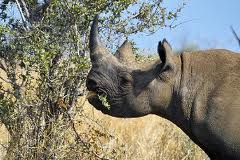
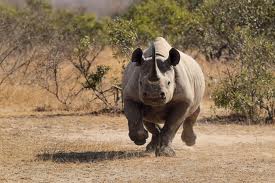
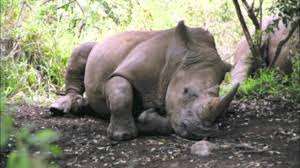
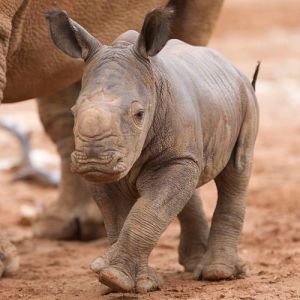
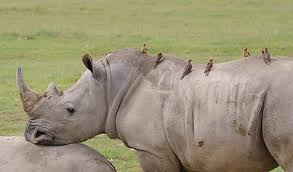
This page is excellent as well. There is at least one grammatical error that I can show you. You have earned 24/25 pts for Checkpoint #2.